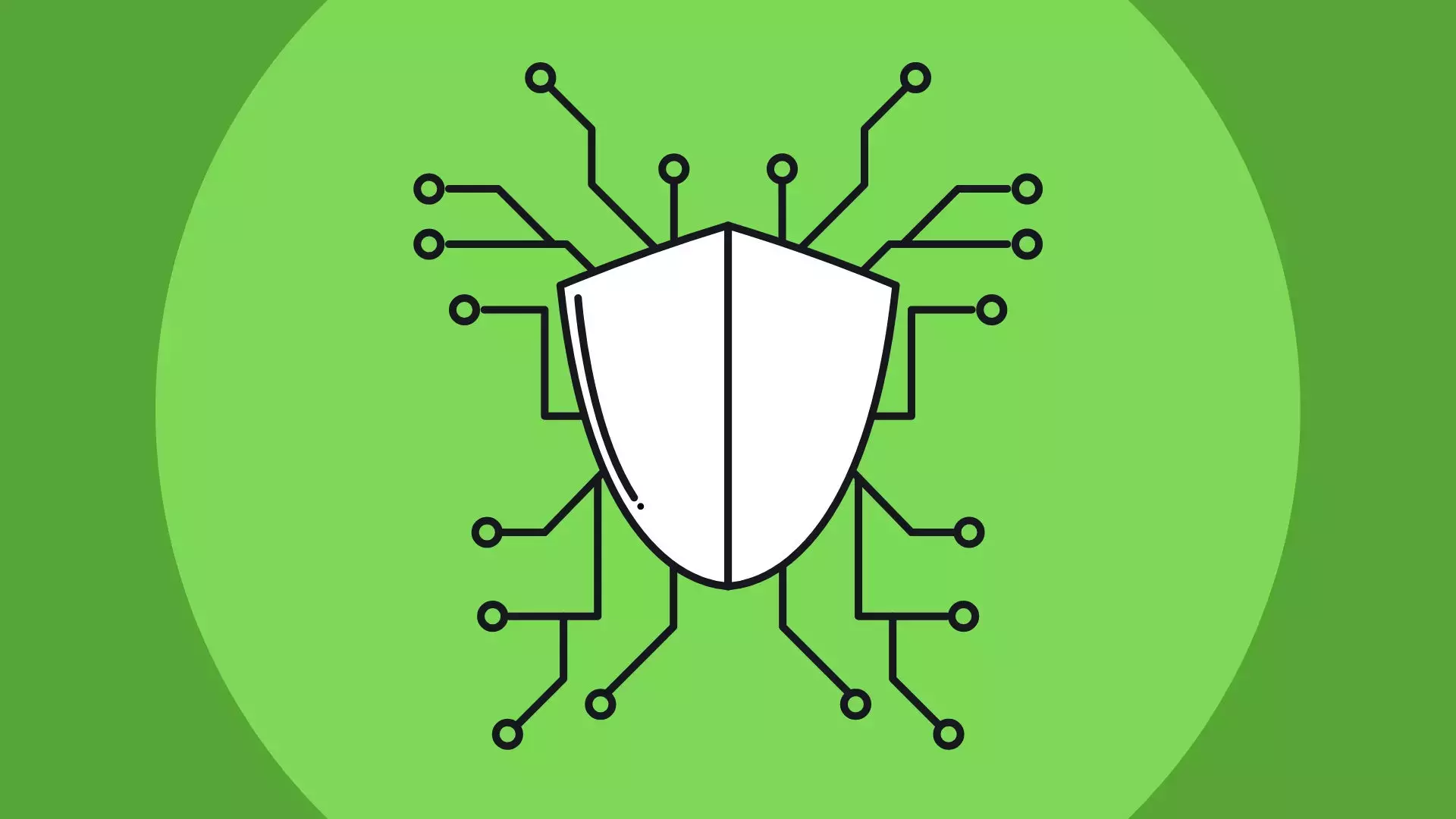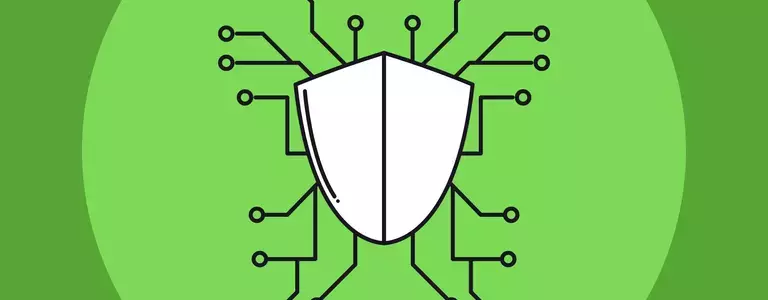
Emerging technologies create new cyber threats and are beginning to be used in attacks by cybercriminals. However, technologies like AI and machine learning (ML) are also critical new tools in the global fight against cybercrime.
There is evidence that AI is being used in cyberattacks. Take the recent incident of an energy company CEO swindled out of hundreds of thousands because cyberattackers used AI to impersonate the man’s boss on the telephone.
AI powered attacks can be automated and more frequent
Right now, there is the potential for AI powered software to be used in telephone attacks, with AI mimicking natural voices. These attacks could be very targeted like the CEO example, or AI voice attacks could be automated by one computer conducting many scam, social engineering and phishing call or email attacks.
Cybercriminals could develop AI and ML technologies to use quickly use the masses of information from data breaches available on the dark web to create and target social engineering attacks, prepare the phishing emails, and even analyse the data and vulnerabilities of potential victims and enterprise systems in order to pick out the weakest targets.
AI can provide a competitive edge in information security and data safety
Nathan McKinley of AI and ML mobile application development company Cerdonis Technologies LLC, writing for CPO Magazine, says AI and ML can give businesses a competitive edge in “information security and data safety.” McKinley says, “cybersecurity remains to be one of the most important beneficiaries of these new technologies.”
Though AI cannot yet completely replace human intelligence McKinley says:
“When it is about reducing errors and faults in the operational tasks and when it is about finding anomalies and irregularities, AI is way ahead of the human efficiency and capability. Apart from adding a robust security layer AI is super efficient in evaluating the mistakes and all the errors that human intelligence is prone to commit.”
– Watch our free taster sketch “Phishing Emails in Real life” from our hilarious Sketches security awareness training series
Making predictions and identifying anomalies
AI and ML can be used to analyse past data to make future predictions and identify anomalies. AI and ML powered cybersecurity software can constantly learn the normal behaviour of a company’s systems, accounts, customer accounts, and even email traffic. It can then constantly monitor these areas of cyber vulnerability quickly identifying an anomaly that could mean an attack.
Such cybersecurity systems may be able to respond themselves or notify of a potential attack or breach. A constant automation of vulnerability monitoring is far faster and more effective than even a whole team of humans. Suddenly companies and such cybersecurity systems may be able to keep up with what is in some industries a constant stream of attacks by cybercriminals. McKinley writes:
“Timely detection of the security threat or dangerous malware is the key to gain a competitive and proactive lead in providing security safeguards.”
Newly developed cybersecurity tools which use AI and ML could provide this timely detection and competitive edge.
There are some limitations to the development and effectiveness of such tools, one is the availability of sufficient data sets to model expected behaviour in order to identify unexpected behaviour. There is also a lack of collaboration between cybersecurity companies in order to share knowledge as well as, says McKinley:
“A sheer lack of global cybersecurity experts who have the necessary knowledge and skills to work with AI and machine learning based security algorithms.”
But, he says:
“We should be hopeful about the future of intelligent cybersecurity mechanisms simply because of the over-abundant data we already have that can be put under sophisticated analytics tools for garnering important data-driven insights.”
As well as enterprise cybersecurity application, AI and ML can also be used in home and individual security systems. They can be used in home security systems and remote monitoring systems that use facial recognition to identify intruders.
McKinley concludes:
“To deal with the cybersecurity threats of the future, businesses need to embrace AI and ML-based tools and security mechanisms. They also need to have a solid understanding of how machine learning based algorithms work, and how they can enhance security, how to train ML algorithms, and the most suitable ML algorithm training methods.”
To deal with the threat of emerging technology use in cyberattacks as well as being able to identify the potential for AI and ML powered tools to help fight cybercrime, awareness as always is key.
Here at The Defence Works our focus is on helping you stay “in the know,” with everything you need to know about cybersecurity.
Want to help secure your organisation? Sign up for a free demo and find out how we’re already helping organisations just like yours.

